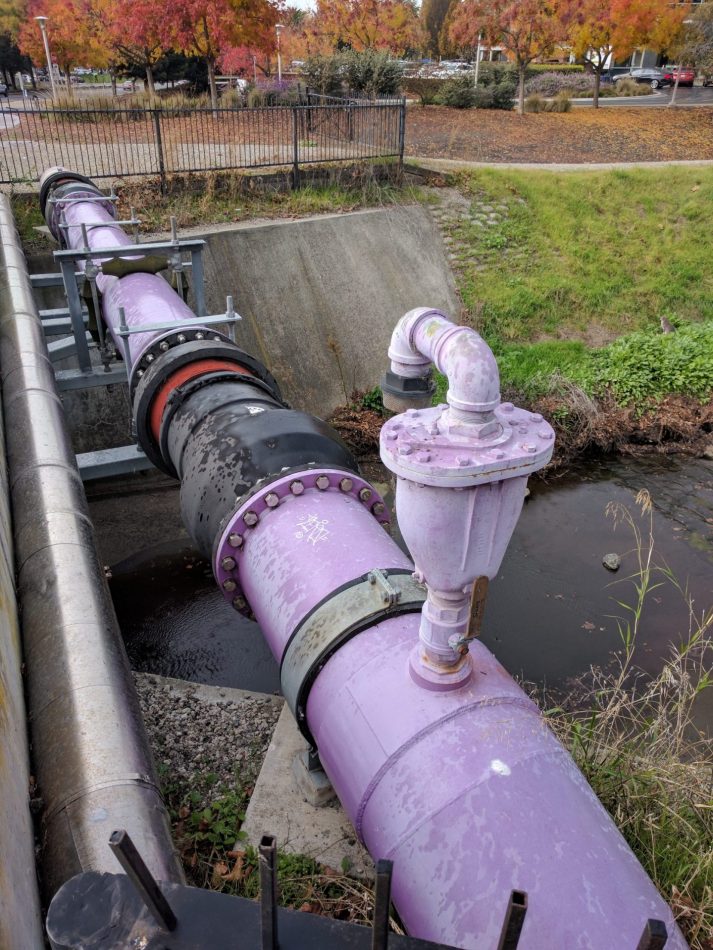Water Reuse and Reclamation

By: Adam Stephenson | Aug 04, 2021
Parts of the country have experienced record rainfall, while others are facing severe drought conditions. Water usage is a complex issue that involves cooperation and planning for the future. For the purpose of this article, we will focus on drought conditions and how it affects treatment and collection systems. We will also discuss water conservation, reuse, and reclamation initiatives, and wrap up by facing the drought issue from a global perspective.
Lack of rain and snowfall in conjunction with climate change has caused drought conditions. Many water and wastewater treatment facilities and collections systems have flow requirements. If the minimum flow requirements are not met, the systems can malfunction. Many treatment facilities rely on water filters to remove suspended solids. The filters need to be backwashed and regenerated regularly to maintain functionality, and it requires a certain amount of water flow and pressure to achieve cleaning. During low flow drought conditions, these treatment systems can foul, blind and require premature service. This fouling blinds the filter and prevents proper treatment through short circuiting.
Collection systems are affected by drought as well. During droughts, many organizations will restrict indoor water usage. However, collections systems require a specific amount of flow for proper function. Low flow can cause sewer lines to become clogged with trash and can cause stagnant, septic conditions in wet wells or other areas that do not receive adequate flow. The sewage that does make it through the system will be highly concentrated and can negatively affect the wastewater treatment plant. A concentrated influent means the treatment process will have to be modified for suitability to the stronger influent.
Investments in the future should include water reuse and reclamation initiatives. Instead of discharging effluent water to a creek to be eventually used for potable water, this effluent water can be reused for a specific purpose. Many treatment plants reuse this water for cleaning and washing equipment. Finding creative ways to reuse non potable water is a great way to conserve the potable water available. Why wouldn’t we find a way to reuse non potable water that has already been treated, rather than trying to expand capacity for potable water?
One of the challenges in water conservation and usage is the ability to manage the problem as a whole and not in small parts. One area may be facing drought and another area may have an abundance of water. As such, each area may manage their water differently without consideration of others. Because water is ultimately a shared resource, it is important to look at the issue from a larger perspective as well. What are we doing not only in our town, but our state and our country, to face the challenges of drought and water usage? We need to consider how we use water based on not only our needs, but the needs of others, and the needs of future generations to come.

